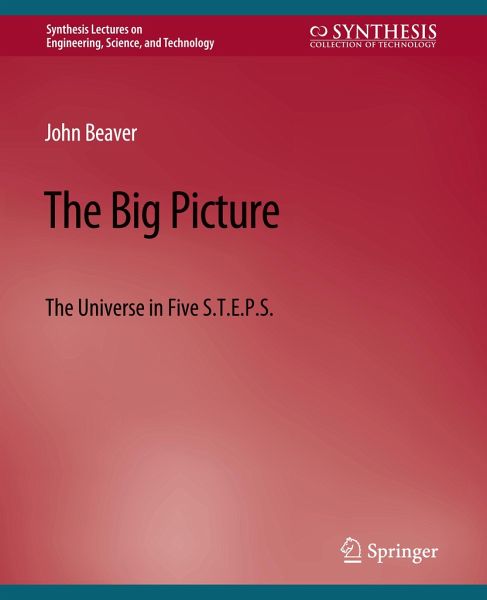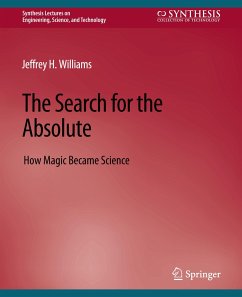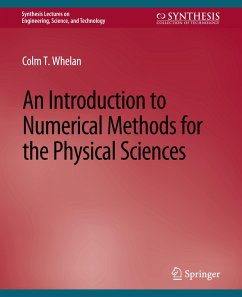
The Big Picture
The Universe in Five S.T.E.P.S.

PAYBACK Punkte
0 °P sammeln!
A brief overview of astronomy and cosmology is presented in five different ways, through the lenses of space, time, evolution, process, and structure. Specific topics are chosen for their contribution to a "big picture" understanding of the interconnectedness of knowledge in astronomy and cosmology. Thus, many topics (stellar astronomy for example) are treated in multiple sections, but from different viewpoints-for example, sizes and distances of stars (space); when stars appeared in the history of the universe (time); stellar evolution (evolution); hydrostatic equilibrium and stellar spectra ...
A brief overview of astronomy and cosmology is presented in five different ways, through the lenses of space, time, evolution, process, and structure. Specific topics are chosen for their contribution to a "big picture" understanding of the interconnectedness of knowledge in astronomy and cosmology. Thus, many topics (stellar astronomy for example) are treated in multiple sections, but from different viewpoints-for example, sizes and distances of stars (space); when stars appeared in the history of the universe (time); stellar evolution (evolution); hydrostatic equilibrium and stellar spectra (process); and stellar structure (structure). Some topics traditional to the introductory astronomy curriculum-eclipses and lunar phases, for example-are omitted altogether as they are inessential for the big-picture goals of the book, and excellent summaries are easily available elsewhere. On the other hand, the book treats some topics not usually covered in an introductory astronomy course, forexample the roles played by equilibrium processes and symmetry in our understanding of the universe. The level is for the beginning undergraduate, with only basic skills in rudimentary algebra assumed. But more advanced students and teachers will also find the book useful as both a set of practical tools and a point of departure for taking stock (in five different ways) of the current state of knowledge in astronomy and cosmology.












